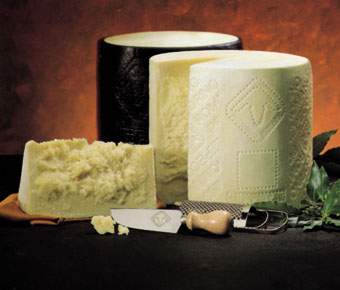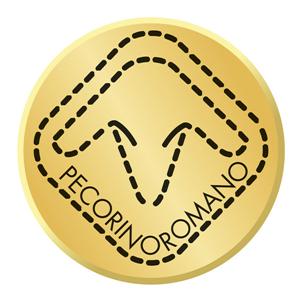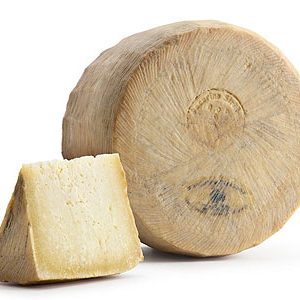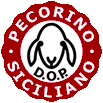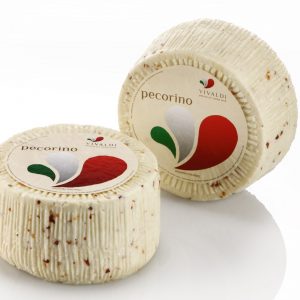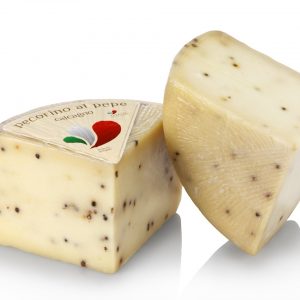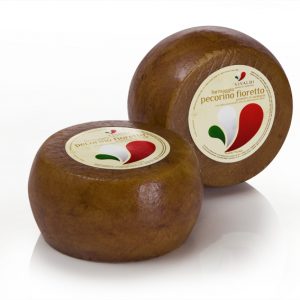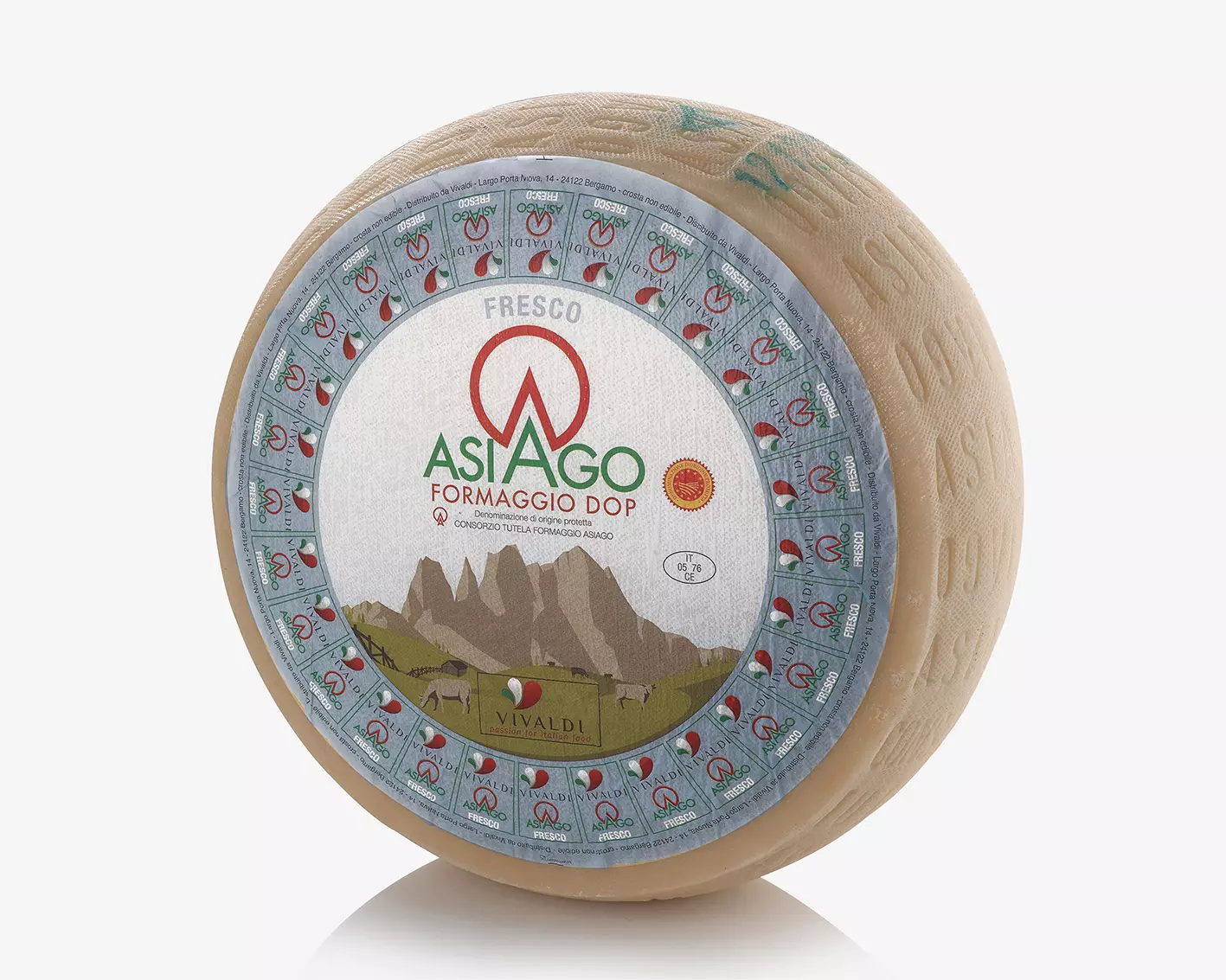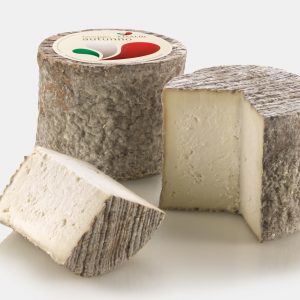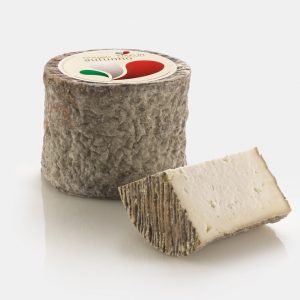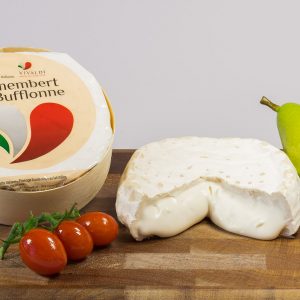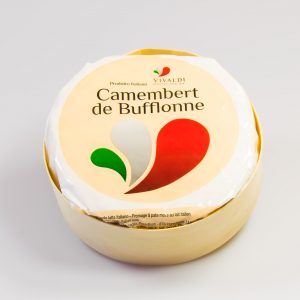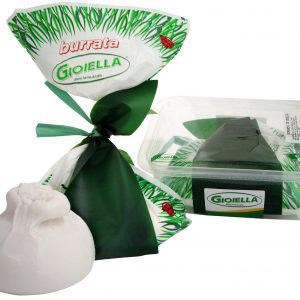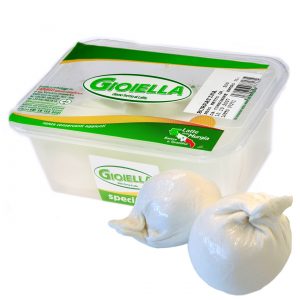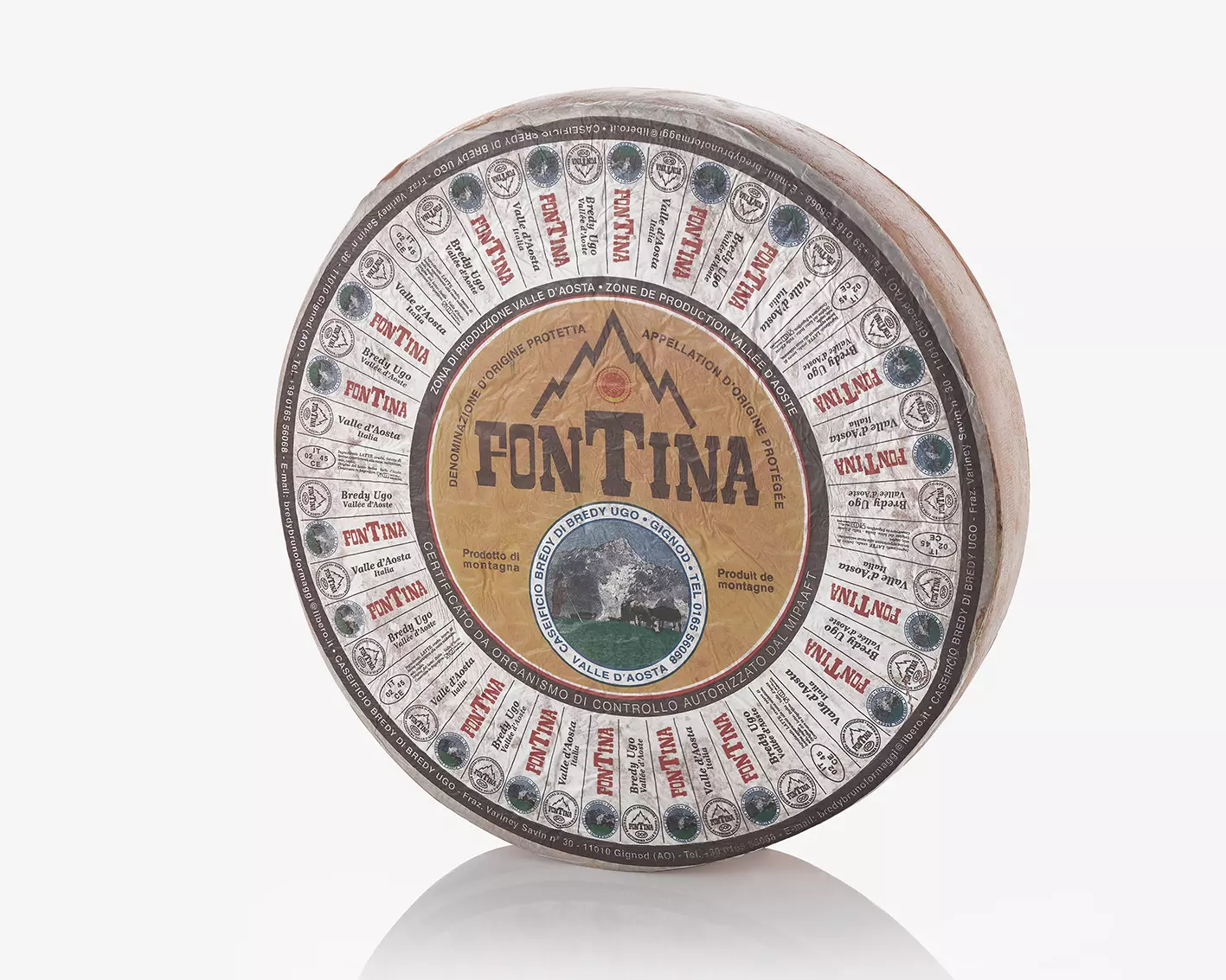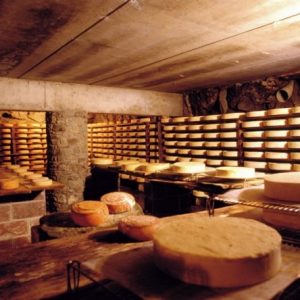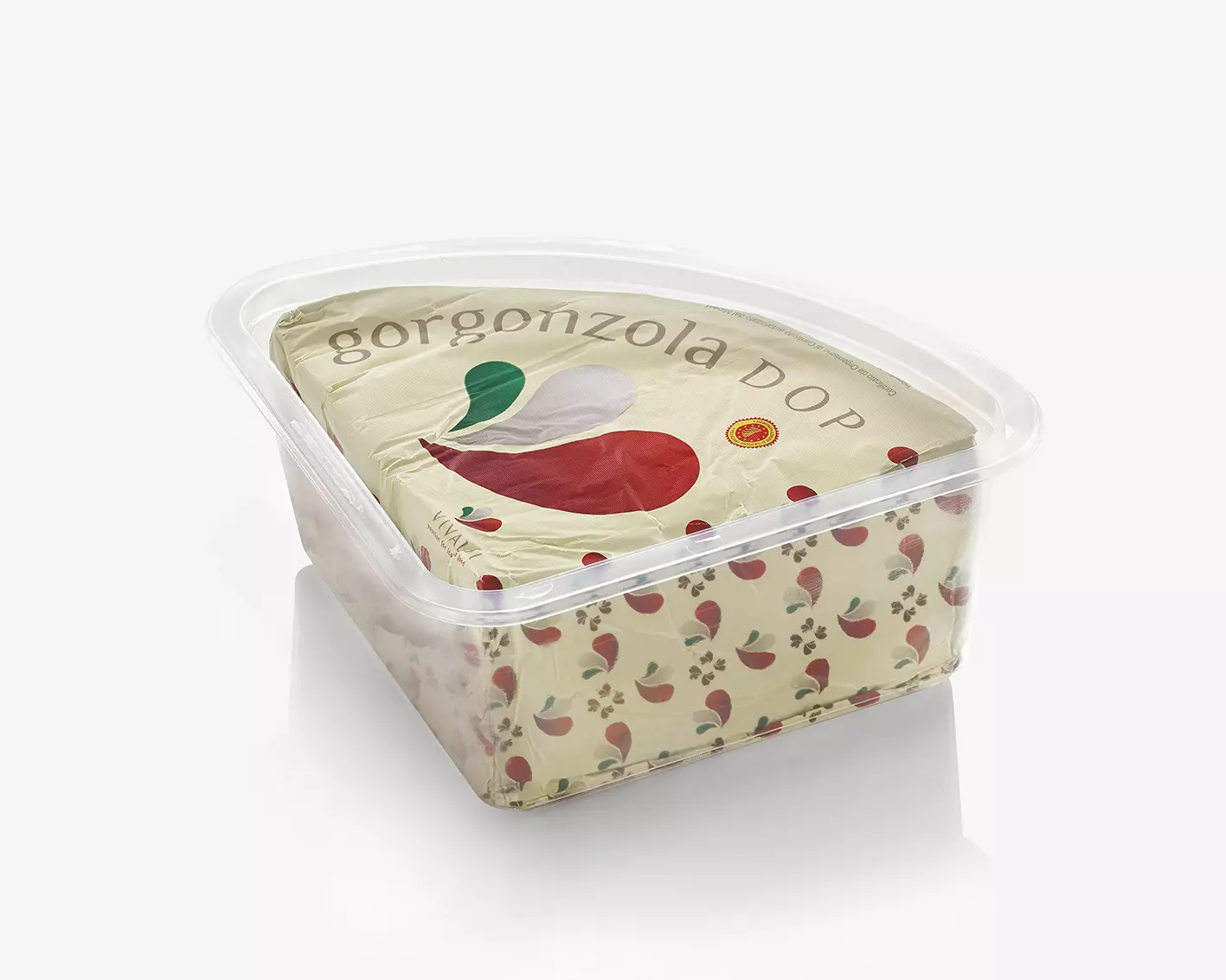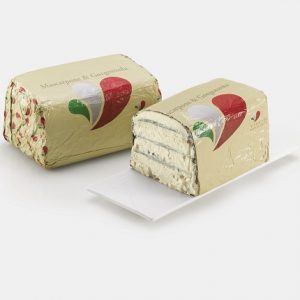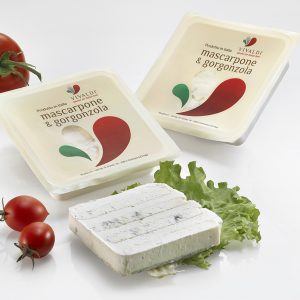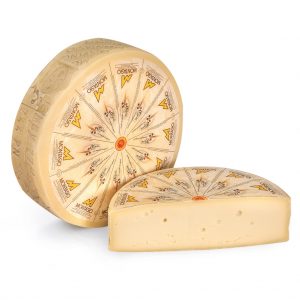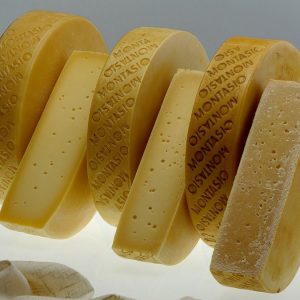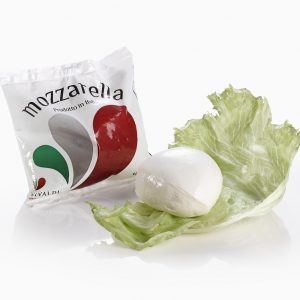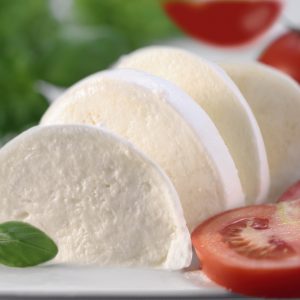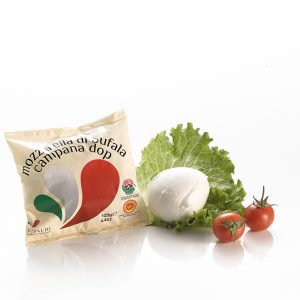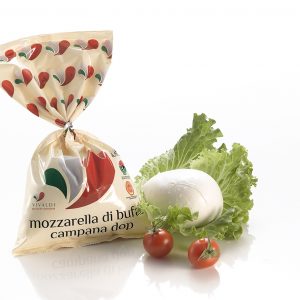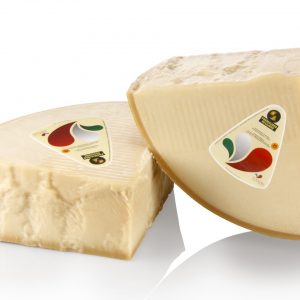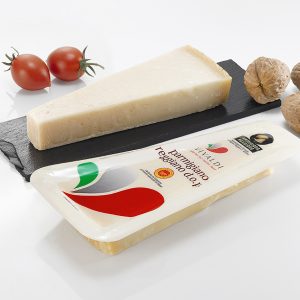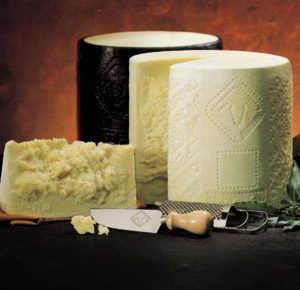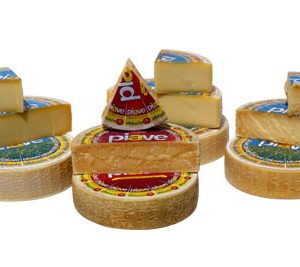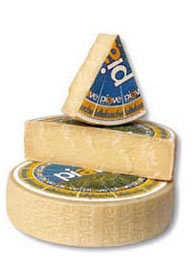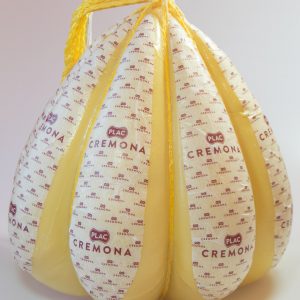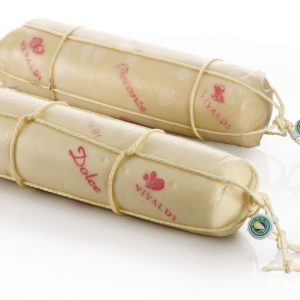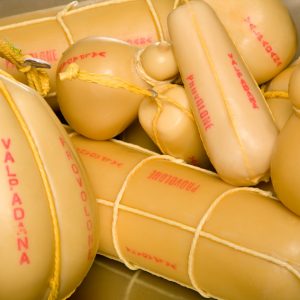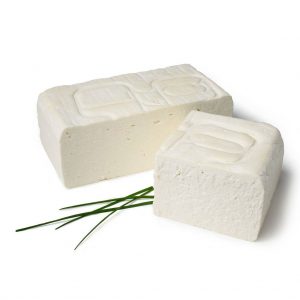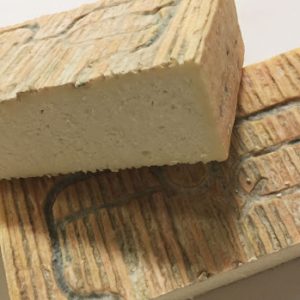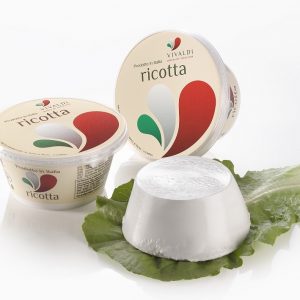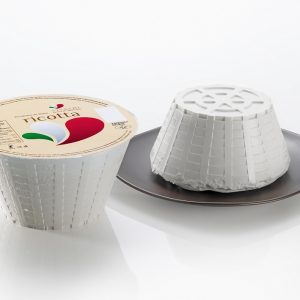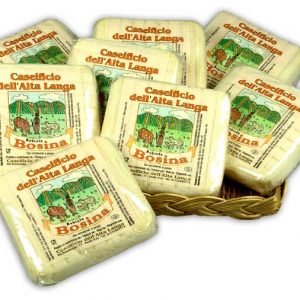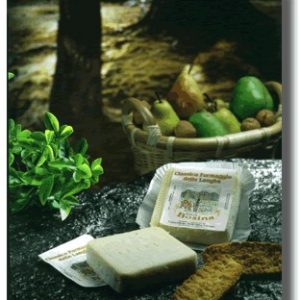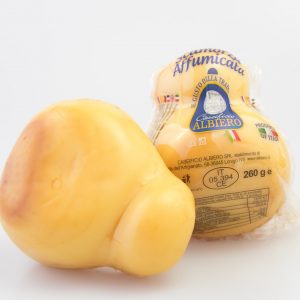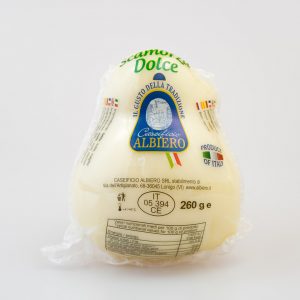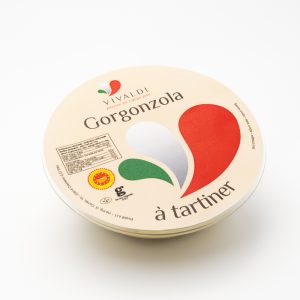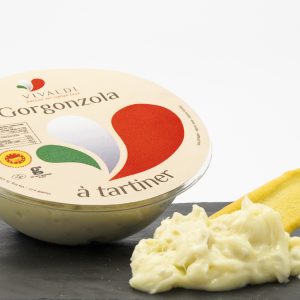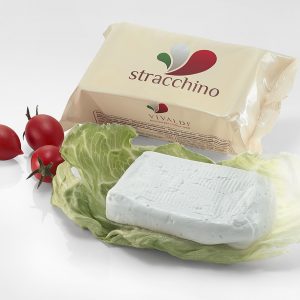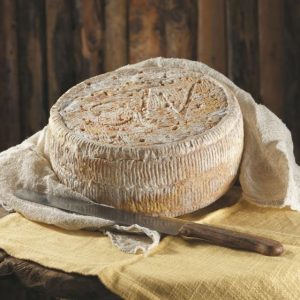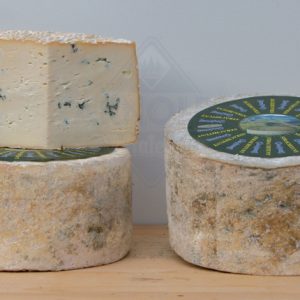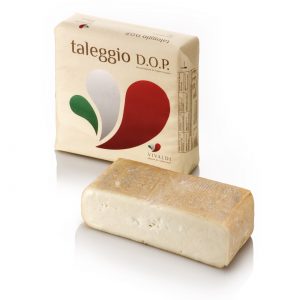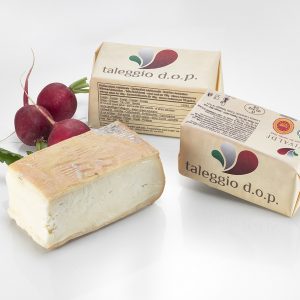Pecorino Romano PDO
Pecorino Romano DOP is one of the oldest cheeses in the world and, although its production is currently concentrated in Sardinia, its origins are to be found in the area of the Agro Laziale, dating back to Ancient Rome. Thanks to its nutritional properties and it being practical to store, the Roman legionaries used it as their staple food when on the move.
Description
Pecorino Romano PDO
Pecorino Romano PDO – In 1996, it was certified PDO and since then its production has been limited to the Agro Romano, the province of Grosseto and the whole of Sardinia.
It is made from October to July, adding the milk from the morning’s milking to the sheep’s milk of the evening milking. The milk is filtered, treated thermally and placed in vats, with the addition of milk enzymes and lamb rennet in paste. When it has coagulated, the curd is broken up and it is then cooked at 45-48°C. The compact mass is moved to drainage vats and, when the whey has drained off, it is poured into moulds. At this stage the cheeses, weighing about 25 kg, are pressed, marked and dry-salted by expert salters in special rooms called “caciare”. The next and last phase of ageing requires a minimum period of 5 months for table cheese and minimum of 8 months for grating cheese. In the past, to keep better, Pecorino Roman was rubbed with oil and sludge or ash, taking on a black colour that distinguished it from all other cheeses. Today, as the techniques of storage have improved considerably, the rind is left in its natural state.
Pecorino Romano DOP, is characterized by a white or straw yellow paste which is compact or with small holes; it has an aromatic flavour and is slightly sharp for the fresh cheese and more intense for cheeses with a longer ageing. It is eaten as a table cheese but it is mostly used grated over the typical dishes of Roman cuisine.
